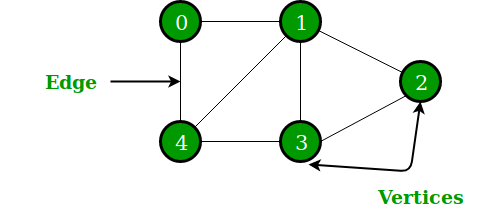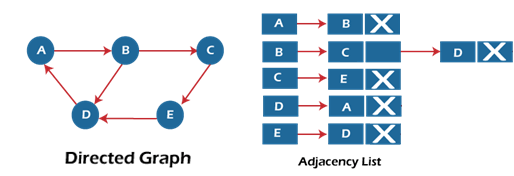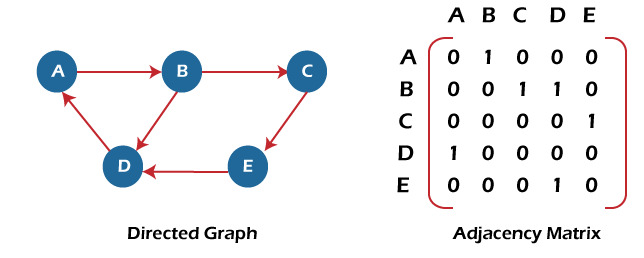What is it?
A graph is a non-linear data structure consisting of vertices and edges. A graph can be thought of as a binary tree with no hierarchy. This way, any element can be connected to another, granting more flexibility.
Vertices, also referred to as nodes, contain relevant data, or are just points of interest to the application. Edges are used to connect two nodes of the graph, in any possible way, as long as it connects a pair of vertices.

Representing graphs
A graph can be represented with adjacency lists and adjacency matrices.
Adjacency lists
An adjacency list implements an array of size , in which is the number of vertices of the graph. Each element will represent a vertex, and its value will be a linked list, chaining every other vertex connected to the head value.

Adjacency matrices
An adjacency matrix implements a square matrix of size , in which is the number of vertices of the graph. In this case, the number of edges doesn’t matter.
The matrix is populated with if the row has a connection with the column, and if there are no connections between vertices.
